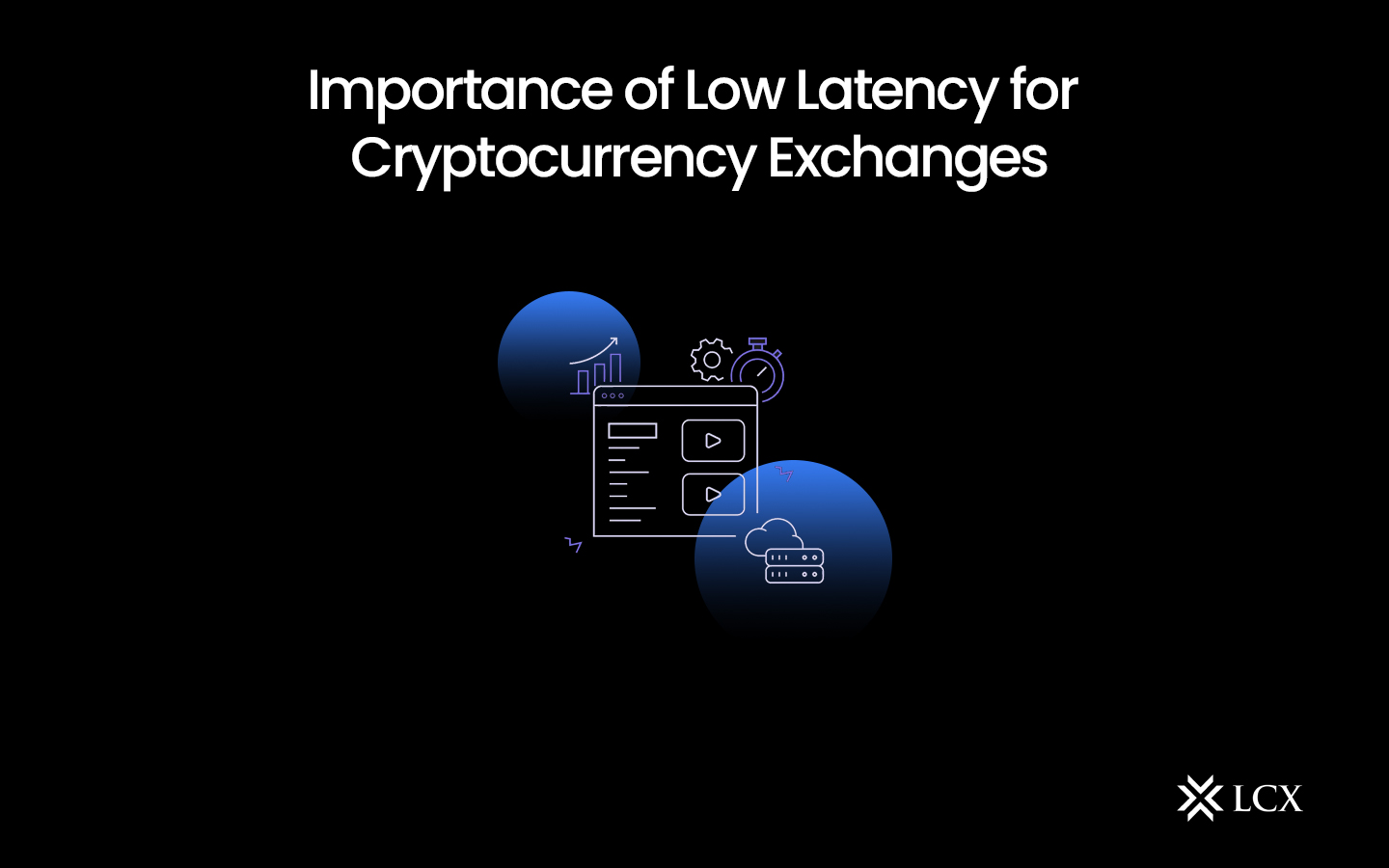In the realm of cryptocurrency trading, characterized by its dynamic nature and rapid evolution, the concept of low latency has emerged as a pivotal element that can either propel or hinder the success of cryptocurrency exchanges. Essentially, latency denotes the time lapse between the initiation of a request and the reception of a response. Within the domain of cryptocurrency exchanges, low latency is synonymous with the swift and efficient execution of trading orders, a critical requirement for traders aiming to leverage market opportunities effectively.
Understanding Latency in Cryptocurrency Trading
Within the sphere of cryptocurrency trading, “latency” specifically alludes to the delay or lag in the transmission of data between two points within a trading system. The influence of latency on a trader’s capacity to execute orders and make informed decisions cannot be overstated. To gain a competitive edge in the fast-paced realm of cryptocurrency trading, it is imperative to minimize latency throughout the entire trading process.
Moreover, latency can be influenced by market conditions and volatility. During periods of heightened trading activity or sudden price fluctuations, exchanges may encounter delays in order processing, consequently leading to increased latency. For high-frequency traders, the primary focus lies in reducing latency as they strive to execute numerous trades within a condensed timeframe. High-frequency trading (HFT) entails a trading strategy that leverages ultra-fast computers and algorithms to execute a large volume of trades swiftly. HFT entities harness speed, low latency, and cutting-edge technology to gain a competitive advantage in financial markets by capitalizing on minimal price differentials.
While latency may not hold the same level of significance for all traders, ensuring optimal transaction execution remains a fundamental requirement. Generally, a trader’s ability to swiftly acquire and act upon market information directly correlates with their likelihood of conducting profitable transactions within cryptocurrency markets.
Varieties of Latency in Cryptocurrency Trading
Latency in cryptocurrency trading manifests in various forms, including data latency, order execution latency, network latency, software latency, hardware latency, market data feed latency, market latency, and exchange latency.
- Data Latency: Involves delays in market data delivery, crucial for real-time market data accuracy.
- Order Execution Latency: Signifies the time taken for an order to be transmitted, processed, and executed.
- Network Latency: Encompasses delays arising from internet connection pace and physical distance.
- Software Latency: Reflects the processing time of a trader’s trading program or algorithm.
- Hardware Latency: Pertains to delays caused by the components of a trader’s computer or server architecture.
- Market Data Feed Latency: Refers to the delay between market data generation and trader receipt.
- Market Latency: Describes delays or interruptions in the cryptocurrency market.
- Exchange Latency: Directly correlates with the speed of a cryptocurrency exchange’s transaction engine.
Impact of Latency on Cryptocurrency Trading
Latency significantly influences execution speed, arbitrage opportunities, algorithmic strategies, risk management, competitiveness, and HFT operations within cryptocurrency trading.
- Execution Speed: Swift order execution minimizes risks associated with price fluctuations.
- Arbitrage Opportunities: Low latency is crucial for capitalizing on price differences across multiple exchanges.
- Algorithmic Trading: Effective implementation of algorithmic strategies hinges on low latency.
- Market Turbulence: Latency can impede transactions at desired prices, exacerbating the effects of market volatility.
- Competitive Advantage: Low-latency trading confers a competitive edge in congested cryptocurrency markets.
- Risk Management: Delays may impact risk management strategies and lead to unforeseen losses.
- HFT Impact: High-frequency trading firms rely on ultra-low-latency technologies to dominate the market, potentially affecting retail traders’ latency challenges.

